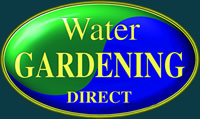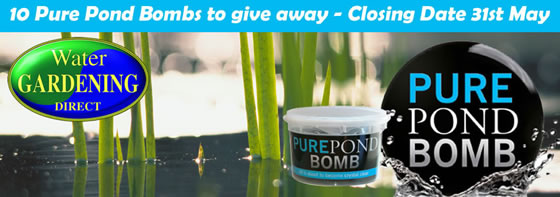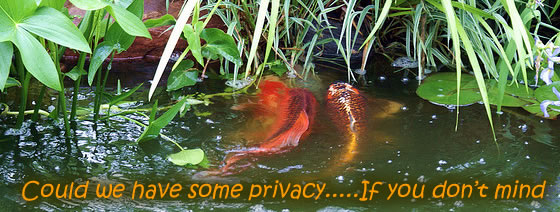What is Garden Pond Blanketweed
Blanketweed is the common name given to filamentous (string) algae, but it actually comes in different forms, from a short (2-3mm) growth on the side of the pond which breaks up as you touch it to strong strands which can grow 3-4m long and allsorts in between.
Although it is unsightly, it can have it uses. Fish love to spawn in it, it makes a fantastic home for fish fry and is the first food for tadpoles when they emerge from their eggs. However, it can also be dangerous. Some large fish can get tied up in it and die, Sturgeon are well known for this but we have also heard of large Koi being affected. It can also have a negative impact on the oxygen levels in your ponds. Like most plants algae produces oxygen during the day, but reverses the process at night, so too much blanketweed in a pond may mean that the fish are starved of oxygen just before dawn.
So how do you solve the problem?
The natural way is to use pond plants to compete against the algae for the limited nutrient and light available. Any plants will compete for nutrients but the faster growing varieties are better, lily leaves will spread to block out light, and floating plants will compete for light and nutrients. However, there can be problems with using plants. The first is that the blanketweed can start growing at much cooler temperatures and as such has a chance to get hold early in the season. Secondly not all fish are very plant friendly, the large species are well know for destroying lilies and other potted plants. Lastly the design of some ponds is not suitable for plants. If you are just starting out or redesigning a pond then you may want to include a large bog or slow moving stream area which could be planted up and would work as a vegetable filter. If the water from your filter is fed in to the planted stream, then the plants in this zone have a chance to remove the nutrients before they go in to the pond, effectively starving the algae of food. I make this sound very easily but it is not always and some time and thought needs to go in to the design.
Click Here to go to our Plants and Accessories Page
Liquid and Powder Treatments?
The most common way of solving Blanketweed is treatments and the choice of treatments is huge. The more traditional Algicides have become less popular, with most customers preferring more eco or natural treatments such as Extract of Barley Straw and No More Blanketweed. We often get asked “Which is the best treatment” and to be honest they all have their merits and can have varying degrees of success depending on what kind of Blanketweed is in your pond. I have stood in our shop while two customers have had a very heated argument about the effectiveness of one particular treatment, once singing it praises the other stating it is a total waste of money. Our most popular treatment at the moment is the No More Blanketweed, but you may have to try a few until you find the best one for your pond. For any treatment to be effective it is vital that the pond volume is calculate accurately and the appropriate dose used.
Click Here to go to our Blanketweed Treatments Page
Electronic Treatment
More recently a few manufacturers have launched electrical products such as the T-Flow Tronic, which slowly releases a small amount of copper in to the water to inhibit algal growth. These units once in place need very little work and can help avoid the regular dosing of the pond with a treatment. A word of warning though, you need to be very careful with these products, because they have very strict guidelines.
Click Here to go to our Electronic Blanketweed Treatments Page
Blanketweed is a very basic plant which has been around for millennia, it comes in many forms and is a great survivor, don’t be surprised if it take you a few attempts to find the right solution. Be patient you will get there!






 We are very sorry to here that an animal sanctuary near Peterborough that takes in people’s unwanted exotic pets is facing the threat of closure because of a lack of funds.
We are very sorry to here that an animal sanctuary near Peterborough that takes in people’s unwanted exotic pets is facing the threat of closure because of a lack of funds.